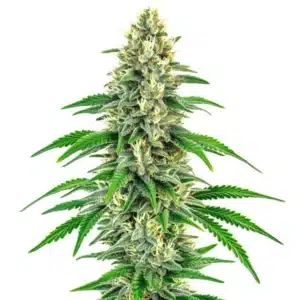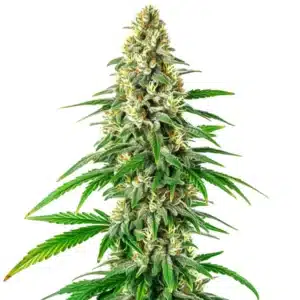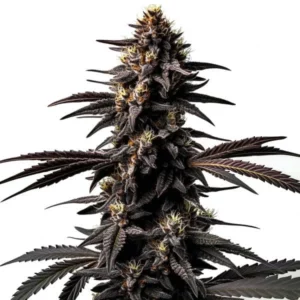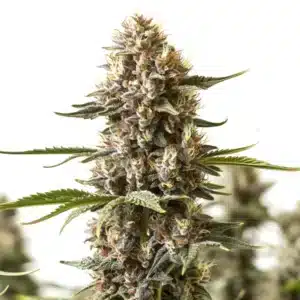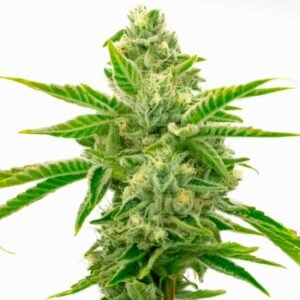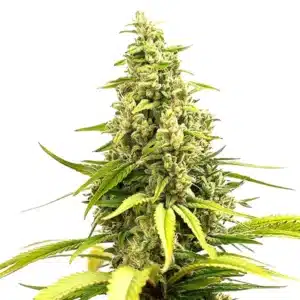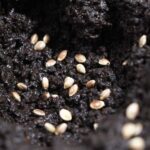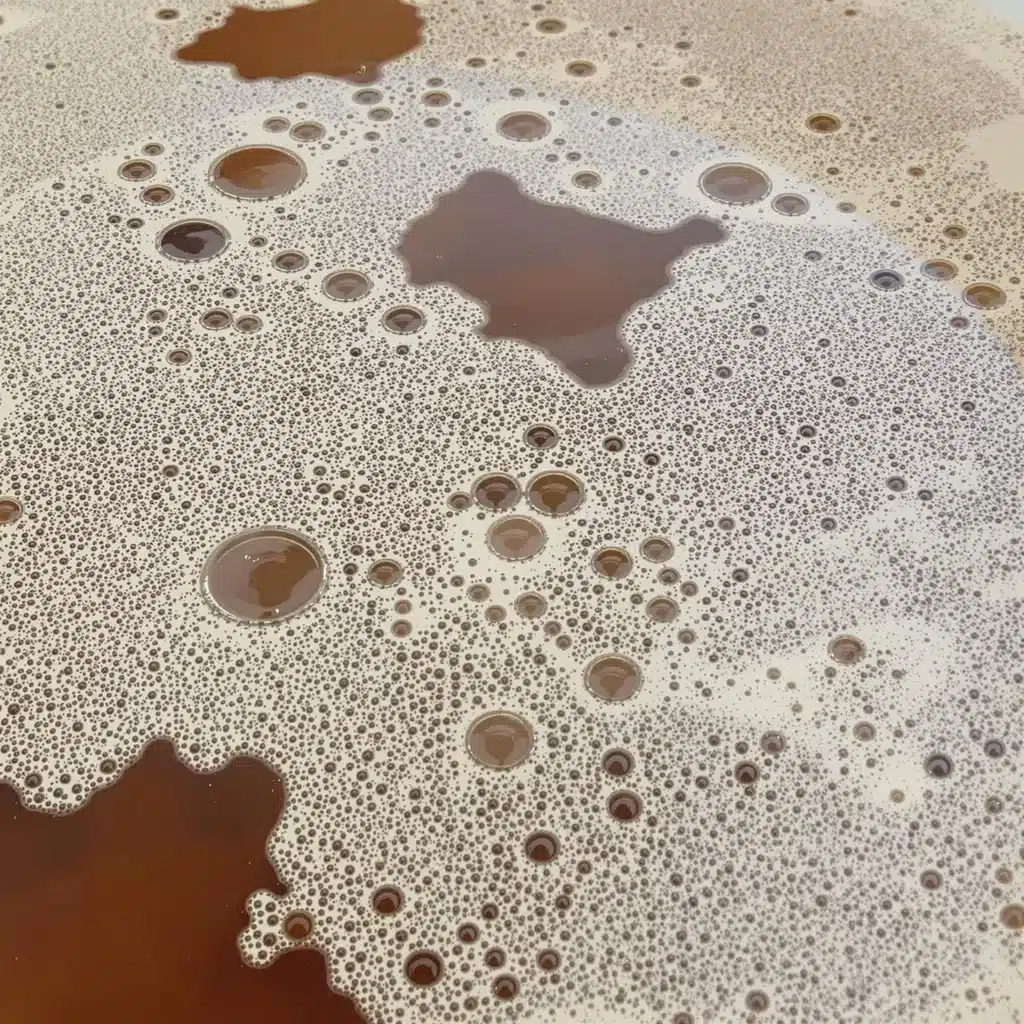
How to Brew the Best Compost Tea for Flowering Plants
Compost Tea for Flowering Cannabis
What Is Compost Tea and How Does It Work?
Compost tea is a liquid fertilizer brewed from compost and water, enriched with nutrients and beneficial microorganisms. This organic solution nourishes plants, enhances soil health, and boosts microbial activity in the root zone. It is created by steeping high-quality compost in aerated water, extracting vital nutrients and fostering a community of bacteria, fungi, and protozoa essential for plant health.
In cannabis cultivation, compost tea is invaluable during the flowering stage. It delivers a cocktail of nutrients and microbes that enhance soil structure, strengthen plant immunity, and facilitate optimal nutrient uptake. These benefits collectively support larger, more resinous buds, setting the stage for a high-quality harvest.
Recommended Strains
Mochalope
|
|
THC | 22% - 25% (Medium) |
|
|
Type | Feminized |
|
|
Yield | Medium |
|
|
Phenotype | 45% Indica / 55% Sativa |
Mochalope Regular
|
|
THC | 20% - 25% (Medium) |
|
|
Type | Regular |
|
|
Yield | Medium |
|
|
Phenotype | 75% Indica / 25% Sativa |
Benefits of Compost Tea During the Flowering Stage
Compost tea offers unparalleled advantages during flowering. By delivering essential nutrients like phosphorus and potassium, it ensures vigorous bud growth. The infusion of beneficial microbes also enhances nutrient availability, supporting the plant’s metabolic needs as it transitions into the flowering phase.
Moreover, compost tea contributes to pest and disease resistance. Beneficial microorganisms outcompete harmful pathogens, creating a protective shield around plant roots. This organic safeguard reduces reliance on chemical treatments and fosters a healthier growing environment, resulting in optimal flowering conditions and robust yields.
Key Ingredients in a Flowering-Specific Compost Tea
To craft the best compost tea for flowering cannabis, focus on ingredients that target this crucial growth phase. Essential components include:
- High-Quality Compost: Provides a rich source of organic matter and beneficial microbes.
- Bat Guano or Worm Castings: High in phosphorus, essential for bud formation.
- Molasses: A carbon source that stimulates microbial growth.
- Seaweed Extract: Contains potassium to boost plant health and flowering.
- Mycorrhizal Fungi: Enhances root development and nutrient uptake.
Balancing these ingredients creates a nutrient-dense tea tailored for maximum flowering potential.
Promos & Deals
How to Make the Best Compost Tea for Flowering
Choosing the Right Compost for Flowering Plants
The foundation of effective compost tea lies in the quality of the compost used. Opt for well-aged, organic compost free from contaminants. Compost derived from diverse sources, including plant material, manure, and kitchen scraps, provides a wide array of nutrients and microbes.
For flowering cannabis, compost rich in phosphorus and potassium is ideal. Enhancing your compost with amendments like bone meal or bat guano further elevates its nutrient profile, ensuring that your tea meets the specific demands of the flowering stage.
Adding Flowering-Friendly Nutrients and Additives
Tailor your compost tea for flowering by incorporating targeted nutrients. Ingredients like fish bone meal, bat guano, or kelp extract supply the phosphorus and potassium necessary for robust bud development. These elements are critical for supporting the plant’s shift from vegetative growth to flowering.
Molasses is another indispensable additive, serving as a carbohydrate source for beneficial microbes. By promoting microbial proliferation, molasses amplifies the tea’s effectiveness. For enhanced nutrient availability, consider adding humic acid, which aids in breaking down organic matter into plant-accessible forms.
Brewing Techniques for Maximum Microbial Activity
Brewing compost tea requires a precise process to maximize microbial activity. Combine your compost, nutrients, and additives in a large container of chlorine-free water. Use an air pump with a diffuser to aerate the mixture, creating an oxygen-rich environment that fosters microbial growth.
Allow the tea to brew for 24-36 hours, monitoring for signs of foam or bubbles that indicate active microbial activity. Avoid over-brewing, as this can lead to anaerobic conditions that harm beneficial microbes. Once brewed, apply the tea immediately to ensure maximum potency and effectiveness.
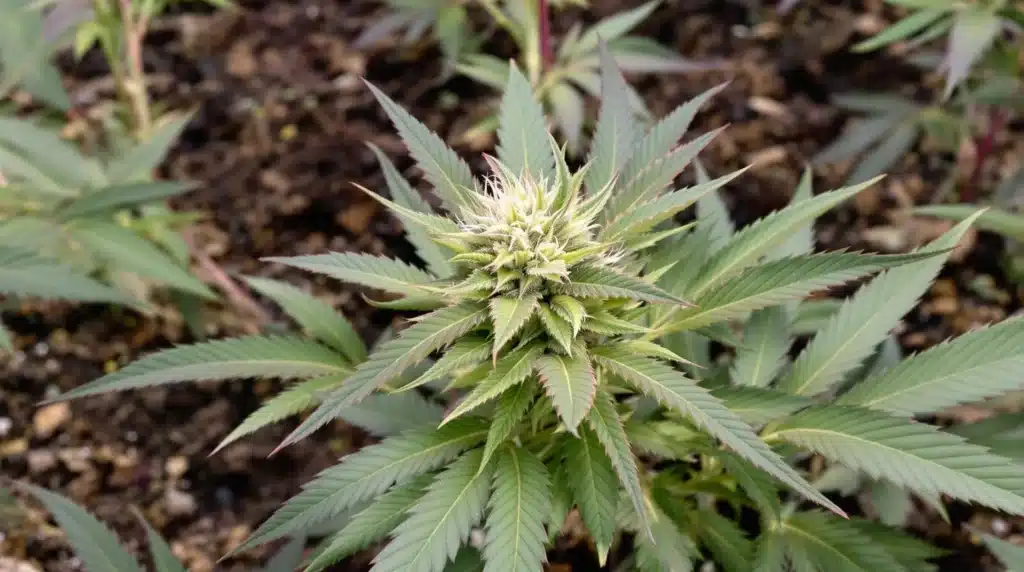
Benefits of Using Compost Tea in Flowering Stage
Boosting Bud Growth and Resin Production
Compost tea delivers the essential nutrients cannabis plants need to produce dense, resinous buds. Phosphorus and potassium in the tea fuel bud development, while the microbial content enhances nutrient uptake, ensuring the plant fully utilizes the available resources.
This nutrient synergy promotes higher resin production, resulting in buds that are not only more potent but also more aromatic. Regular use of compost tea during flowering ensures that plants achieve their maximum genetic potential, producing top-quality yields.
Improving Soil Health and Nutrient Availability
Healthy soil is the backbone of successful cannabis cultivation, and compost tea plays a pivotal role in maintaining it. The beneficial microbes introduced by the tea enrich the soil’s microbial ecosystem, improving its structure and nutrient-holding capacity. This creates a thriving environment for root growth and nutrient absorption.
Enhanced nutrient availability reduces the risk of deficiencies and nutrient lockout. The result is a balanced soil ecosystem that supports consistent plant health throughout the flowering stage, minimizing the need for additional interventions.
Enhancing Terpene and Flavor Profiles
The health benefits provided by compost tea extend to terpene and flavor production. Well-nourished plants are more likely to express their full genetic potential, resulting in richer terpene profiles. These compounds not only contribute to the plant’s aroma and flavor but also enhance its therapeutic properties.
By minimizing stress and ensuring a steady supply of nutrients, compost tea allows plants to focus on producing high-quality buds with complex, flavorful profiles. This makes it an essential tool for growers aiming to maximize the sensory appeal of their harvest.
Best Practices for Applying Compost Tea
When to Apply Compost Tea During Flowering
Timing is critical when using compost tea. Begin applications early in the flowering stage to support initial bud development. Continue applying the tea every 7-10 days to maintain consistent microbial activity and nutrient delivery. Avoid using compost tea during the final two weeks before harvest to preserve the plant’s natural terpene profile.
Integrate compost tea applications into your watering schedule, ensuring the soil remains moist but not waterlogged. Adjust the frequency of applications based on plant health and environmental conditions.
Frequency and Dosage for Optimal Results
Apply compost tea at a rate of 1-2 gallons per plant, depending on size and soil volume. Regular, moderate applications prevent nutrient overload while maintaining a healthy microbial balance in the soil.
Monitor your plants closely for signs of over-application, such as leaf discoloration or nutrient burn. Adjust the dosage or frequency as needed to optimize plant health and flowering performance.
Foliar Feeding vs. Soil Drenching Methods
Compost tea can be applied as a foliar spray or soil drench. Foliar feeding delivers nutrients directly to the leaves, providing a rapid boost during flowering. Soil drenching, on the other hand, enriches the root zone, supporting overall plant health and bud development.
Both methods offer unique benefits, and alternating between them can maximize the tea’s impact. Foliar applications are especially useful for addressing nutrient deficiencies, while soil drenches ensure long-term soil enrichment.
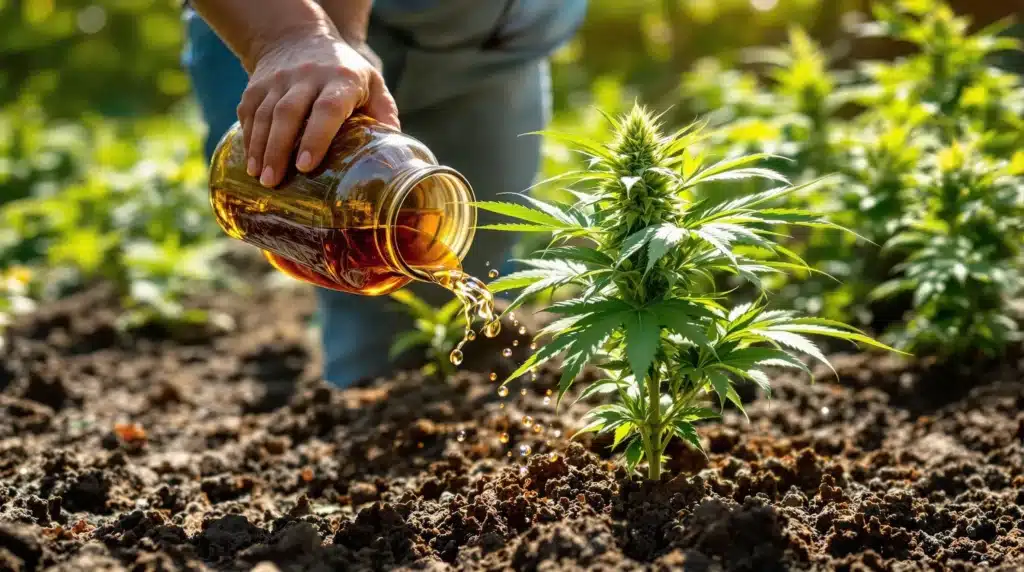
Common Mistakes with Compost Tea in Flowering
Over-Brewing and Microbial Imbalance
Brewing compost tea for too long can create an imbalance of microbes, potentially introducing harmful bacteria into your soil. Avoid brewing for more than 36 hours, and always use an air pump to maintain oxygen levels.
Over-brewing can also diminish the tea’s nutrient content, reducing its effectiveness. By adhering to recommended brewing times, you can ensure the tea remains rich in beneficial microorganisms.
Using Poor-Quality Ingredients
The effectiveness of compost tea is directly tied to the quality of its ingredients. Low-quality compost or contaminated water can introduce pathogens and compromise the tea’s benefits. Always use high-quality, organic compost and filtered, chlorine-free water to ensure a safe and effective brew.
Applying Compost Tea Too Late in the Growth Cycle
Using compost tea too close to harvest can alter the flavor and aroma of your buds. To maintain the plant’s natural terpene profile, discontinue compost tea applications at least two weeks before harvest. This ensures a clean, flavorful final product.
Enhancing Compost Tea for Flowering Success
Adding Mycorrhizal Fungi to Boost Nutrient Uptake
Mycorrhizal fungi form symbiotic relationships with plant roots, extending their reach and improving nutrient absorption. Adding these fungi to your compost tea enhances its effectiveness, particularly during the flowering stage when nutrient demands are high.
Using Molasses for Microbial Growth
Molasses serves as a food source for beneficial microbes, promoting their growth and activity. Adding a small amount of unsulfured molasses to your compost tea ensures a thriving microbial community, maximizing the tea’s benefits for flowering plants.
Combining Compost Tea with Organic Bloom Boosters
Pairing compost tea with organic bloom boosters provides an extra nutrient boost during flowering. Products like liquid kelp or fish emulsion complement the microbial benefits of compost tea, supporting robust bud development and enhanced resin production.
FAQs About Compost Tea for Flowering
What is the best compost tea recipe for flowering cannabis?
The best recipe includes high-quality compost, bat guano or worm castings, molasses, seaweed extract, and mycorrhizal fungi. This combination creates a nutrient-rich tea tailored for flowering cannabis plants. Including these ingredients ensures that the tea meets the specific nutrient demands of flowering cannabis, promoting vigorous bud growth and enhancing the plant’s overall health.
Can compost tea replace liquid nutrients during flowering?
Compost tea can complement or replace liquid nutrients, depending on your grow setup. Its microbial benefits enhance nutrient availability, reducing the need for synthetic fertilizers while maintaining healthy plant growth. While compost tea may not completely substitute for targeted nutrient formulas, it provides a holistic approach to improving plant health and soil quality.
How often should I use compost tea in the flowering stage?
Apply compost tea every 7-10 days during flowering for consistent nutrient delivery and microbial support. Regular applications help maintain soil health, ensure steady nutrient availability, and promote optimal bud development. Monitoring plant health and adjusting frequency as needed ensures maximum effectiveness without over-saturating the soil.


